It has become a tradition that every year on the 6th of January, Bai Dinh Pagoda welcomes thousands of monks, nuns, Buddhists and tourists from all over the world to come to the festival, worship, pay homage to Buddha, and pray for a new year of prosperity, national peace and prosperity, and favorable weather.
Thousands of Buddhist monks, nuns and people attended the opening ceremony. Photo: Pham Nam
The Bai Dinh Pagoda Festival officially opens on the 6th day of the first lunar month and lasts until the end of the third lunar month every year. This is the 10th year that the Vietnam Buddhist Sangha of Ninh Binh province has organized the opening ceremony of the Bai Dinh Pagoda Festival since the Trang An Scenic Landscape Complex, where Bai Dinh Pagoda is located, was recognized by UNESCO as a World Cultural and Natural Heritage.
The opening of Bai Dinh Pagoda Festival - Spring of Giap Thin 2024 is the opening festival for a series of events celebrating the 10th anniversary of Trang An Scenic Landscape Complex, including Bai Dinh Pagoda, recognized by UNESCO as the first mixed world heritage site in Southeast Asia with both cultural and natural criteria.
The palanquin procession at the opening ceremony of Bai Dinh Pagoda. Photo: Nguyen Truong
The opening ceremony of Bai Dinh Pagoda Festival is an important event in Vietnamese spiritual culture. The festival at Bai Dinh Pagoda begins with a palanquin procession, in which monks in the pagoda will carry the tablets of Cao Son God, Nguyen Saint, and the Lady of the Upper Realm from the old pagoda to the new pagoda, then continue to the festival.
This festival will include folk games, sightseeing at the temple, enjoying the art of singing Cheo, Xam, Ca Tru or participating in cave exploration activities.
Bai Dinh Pagoda Festival takes place with many special activities. Photo: Nguyen Truong
In particular, in the stage part performed by Ninh Binh Cheo Theater, there will be a reenactment of King Quang Trung's flag-sacrificing ceremony on Dinh Mountain before the battle and Emperor Dinh Tien Hoang's enthronement ceremony.
About 1,000 years ago, in the capital of Hoa Lu, three consecutive dynasties of kings appeared: the Dinh, the Tien Le and the Ly. These three dynasties all focused on Buddhism and considered it the national religion. Ninh Binh, with many ancient pagodas, including Bai Dinh Pagoda on the Trang An mountain range, reflects this spirit. In addition to religious activities, the opening ceremony of Bai Dinh Pagoda also creates opportunities for people and tourists to participate in cultural, artistic and entertainment activities.
Traditional art events such as puppetry, chau van singing, and folk art performances often take place in the area around the pagoda.
Many performances at the festival. Photo: Pham Nam
In addition, the opening ceremony of Bai Dinh Pagoda also often has social activities such as charity campaigns, donations to build the community and help the disadvantaged, or education and health support programs.
Bai Dinh Pagoda is one of the largest and most important pagodas in the country, famous for its unique architecture and sacred atmosphere.
The Bai Dinh pagoda complex is currently 1,700 hectares wide, including the ancient Bai Dinh pagoda area, the new Bai Dinh pagoda, and other areas such as the cultural park and Buddhist academy, the reception area and landscape park, traffic roads and parking lots, Dam Thi lake, and the animal release lake, built since 2003.
The pagoda is located on the mountainside, between the valley and the rocky mountains, and is the western gateway to the ancient capital of Hoa Lu. The architecture of the new pagoda is imbued with traditional features, majestic and massive. Therefore, the pagoda quickly became a famous spiritual tourist destination. The new Bai Dinh pagoda complex is honored as the largest pagoda complex in Southeast Asia.
Ancient Bai Dinh Pagoda, also known as Bai Dinh Co Tu, is located about 800m south of Tam The Palace of the new pagoda area.
This temple complex faces west, located near the top of a peaceful mountain forest, with a front hall in the middle. On the right is a bright cave worshiping Buddha, on the left is a temple worshiping Saint Nguyen, and finally a dark cave worshiping the Mother Goddess and fairies. This is a land that is considered to have all the elements of human genius according to Vietnamese folk beliefs, the place where Kings, Saints, and Gods are born.
In 1997, the pagoda was recognized as a national historical - cultural - revolutionary relic. Although the pagoda's history dates back to the Dinh Dynasty with the Cao Son Temple guarding the west of Hoa Lu, the ancient Bai Dinh Pagoda still retains many architectural details and antiques typical of the Ly Dynasty.
On February 28, 2012, Bai Dinh Pagoda set a record with 8 titles of the largest pagoda in Asia.


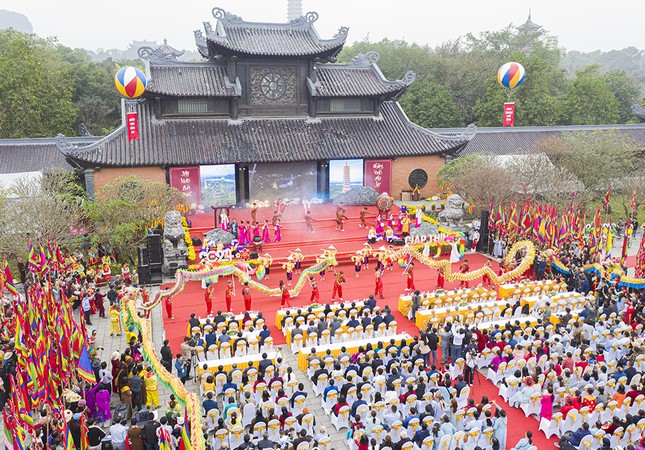
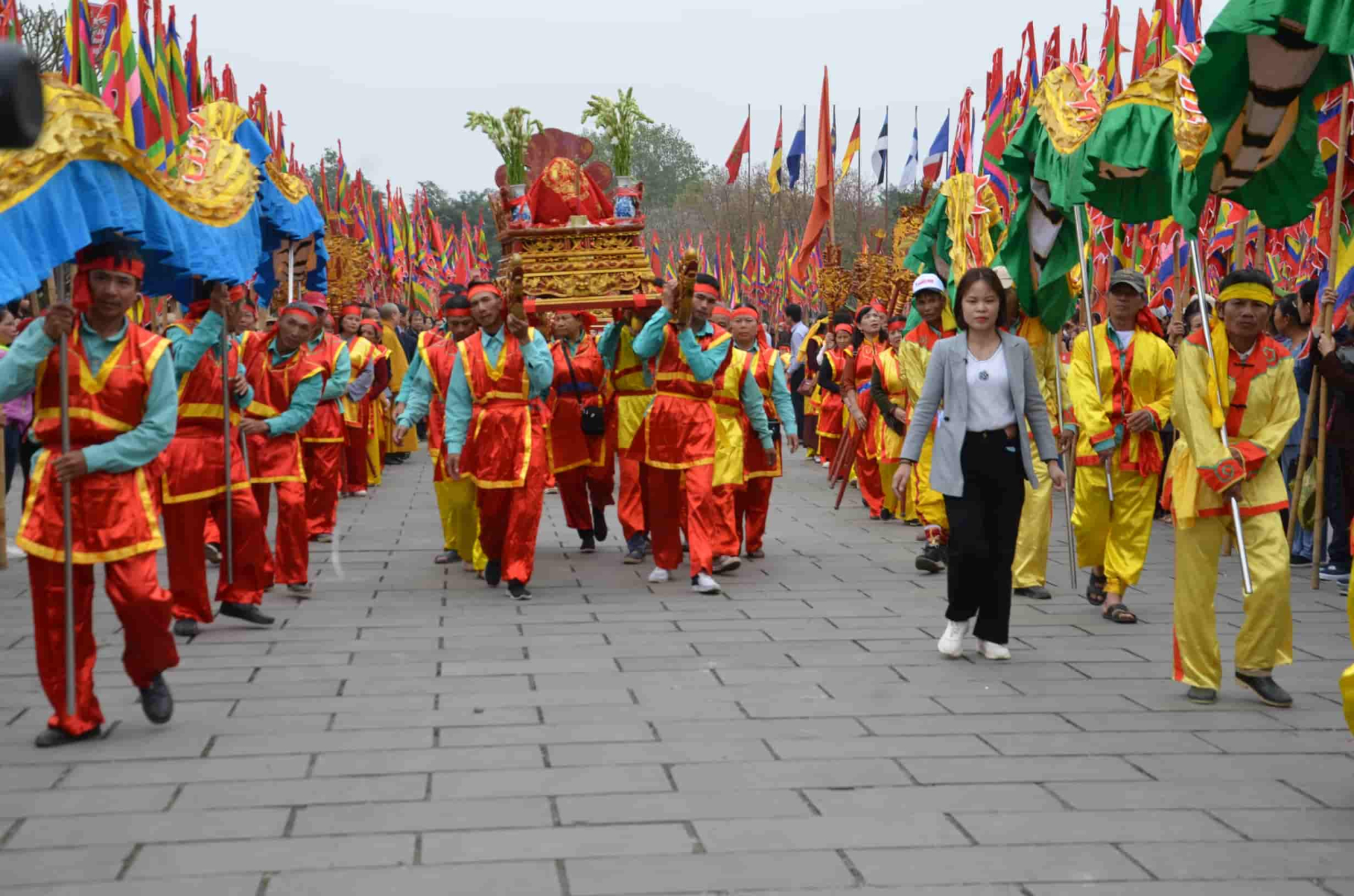
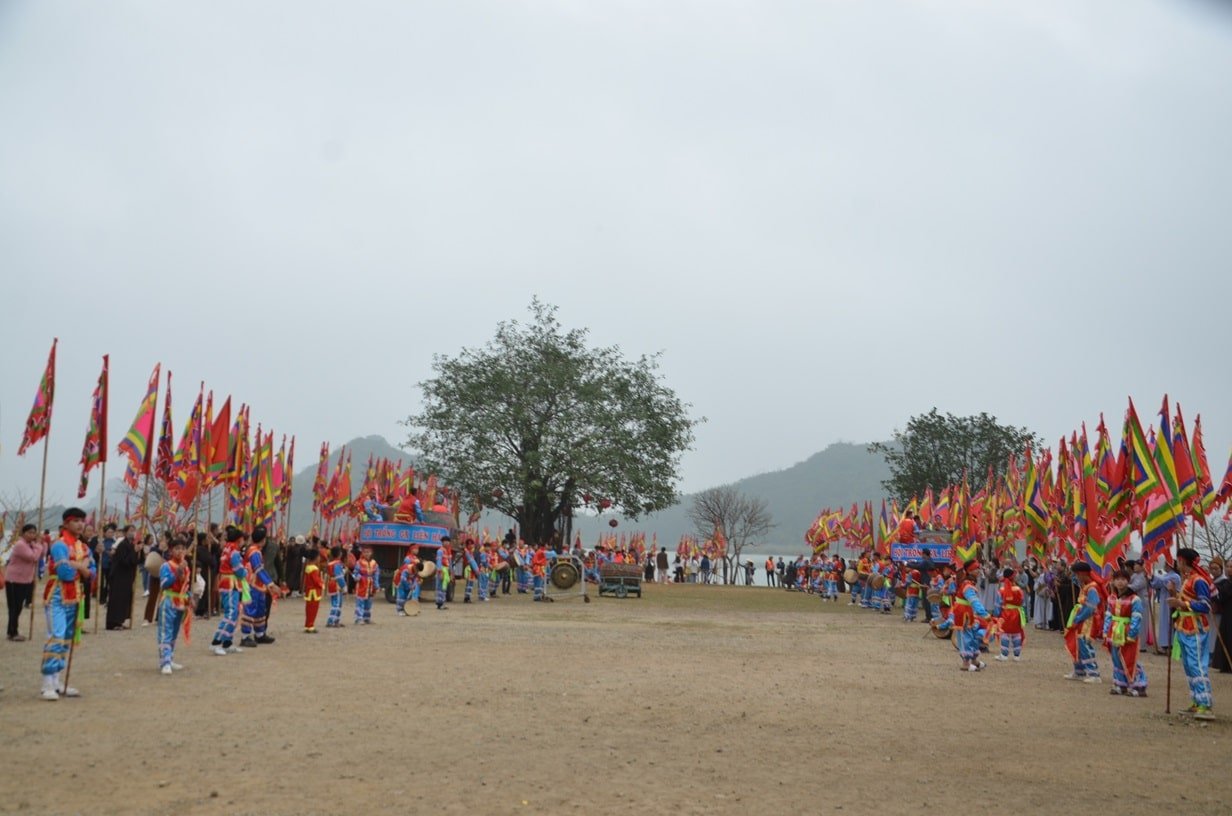
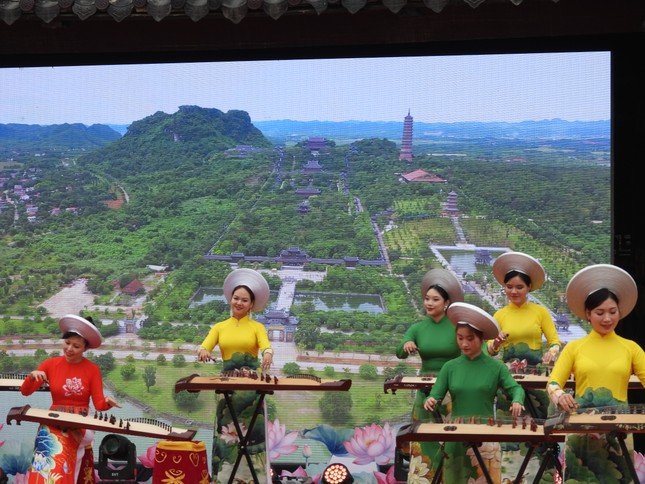
![[Photo] The two Prime Ministers witnessed the signing ceremony of cooperation documents between Vietnam and Ethiopia.](https://vstatic.vietnam.vn/vietnam/resource/IMAGE/2025/4/15/16e350289aec4a6ea74b93ee396ada21)
![[Photo] National Assembly Chairman Tran Thanh Man attends the summary of the organization of the Conference of the Executive Committee of the Francophone Parliamentary Union](https://vstatic.vietnam.vn/vietnam/resource/IMAGE/2025/4/15/fe022fef73d0431ab6cfc1570af598ac)
![[Photo] General Secretary To Lam receives Ethiopian Prime Minister Abiy Ahmed Ali](https://vstatic.vietnam.vn/vietnam/resource/IMAGE/2025/4/15/086fa862ad6d4c8ca337d57208555715)
![[Photo] Prime Minister Pham Minh Chinh holds talks with Ethiopian Prime Minister Abiy Ahmed Ali](https://vstatic.vietnam.vn/vietnam/resource/IMAGE/2025/4/15/4f7ba52301694c32aac39eab11cf70a4)

![[Photo] Welcoming ceremony for Prime Minister of the Federal Democratic Republic of Ethiopia Abiy Ahmed Ali and his wife](https://vstatic.vietnam.vn/vietnam/resource/IMAGE/2025/4/15/77c08dcbe52c42e2ac01c322fe86e78b)
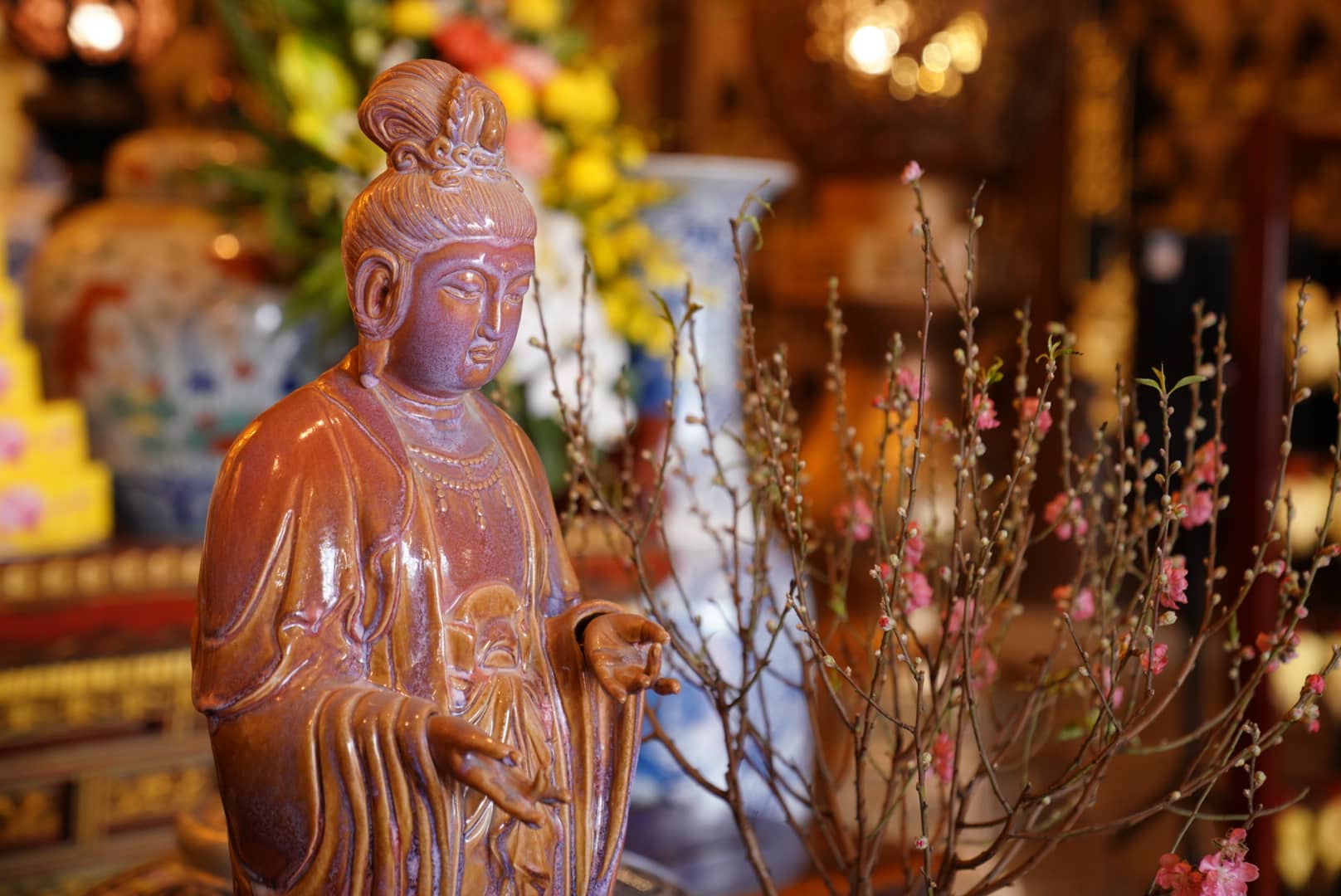

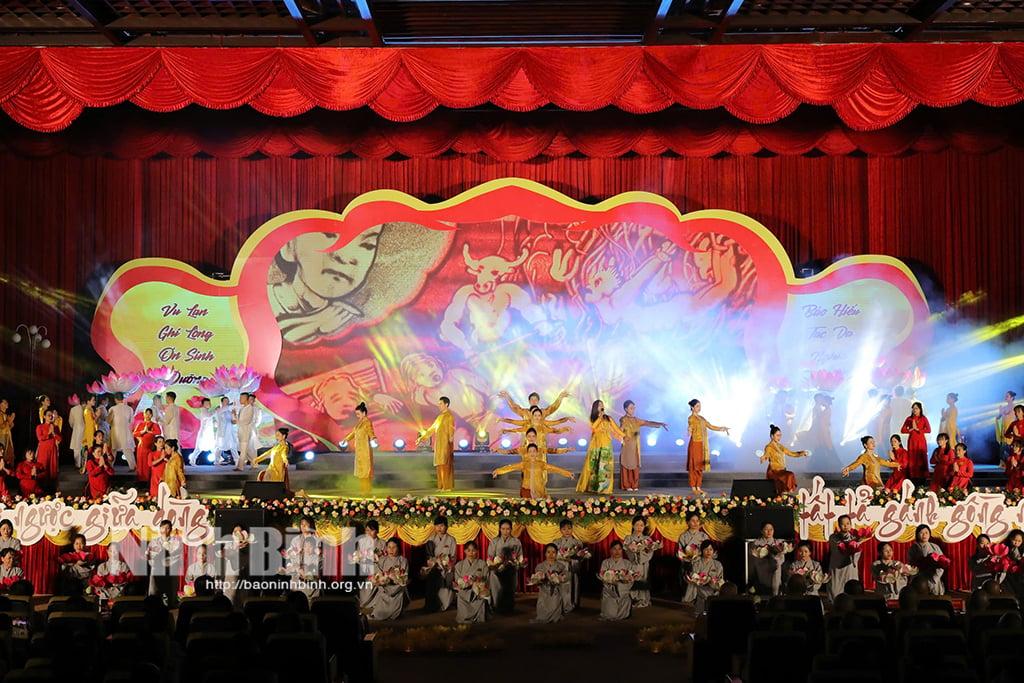



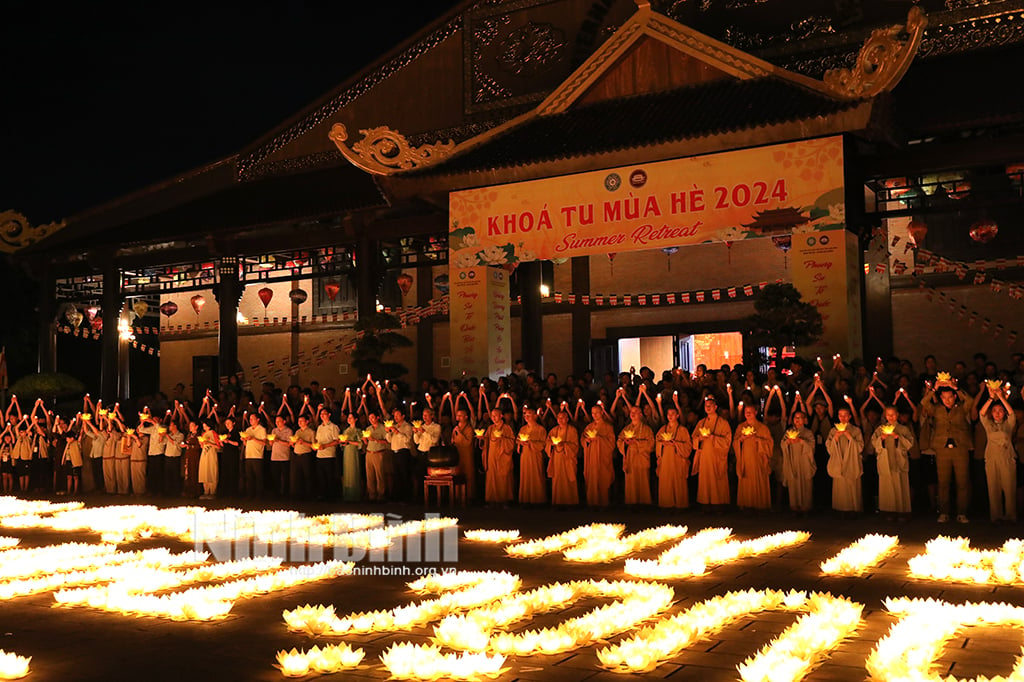
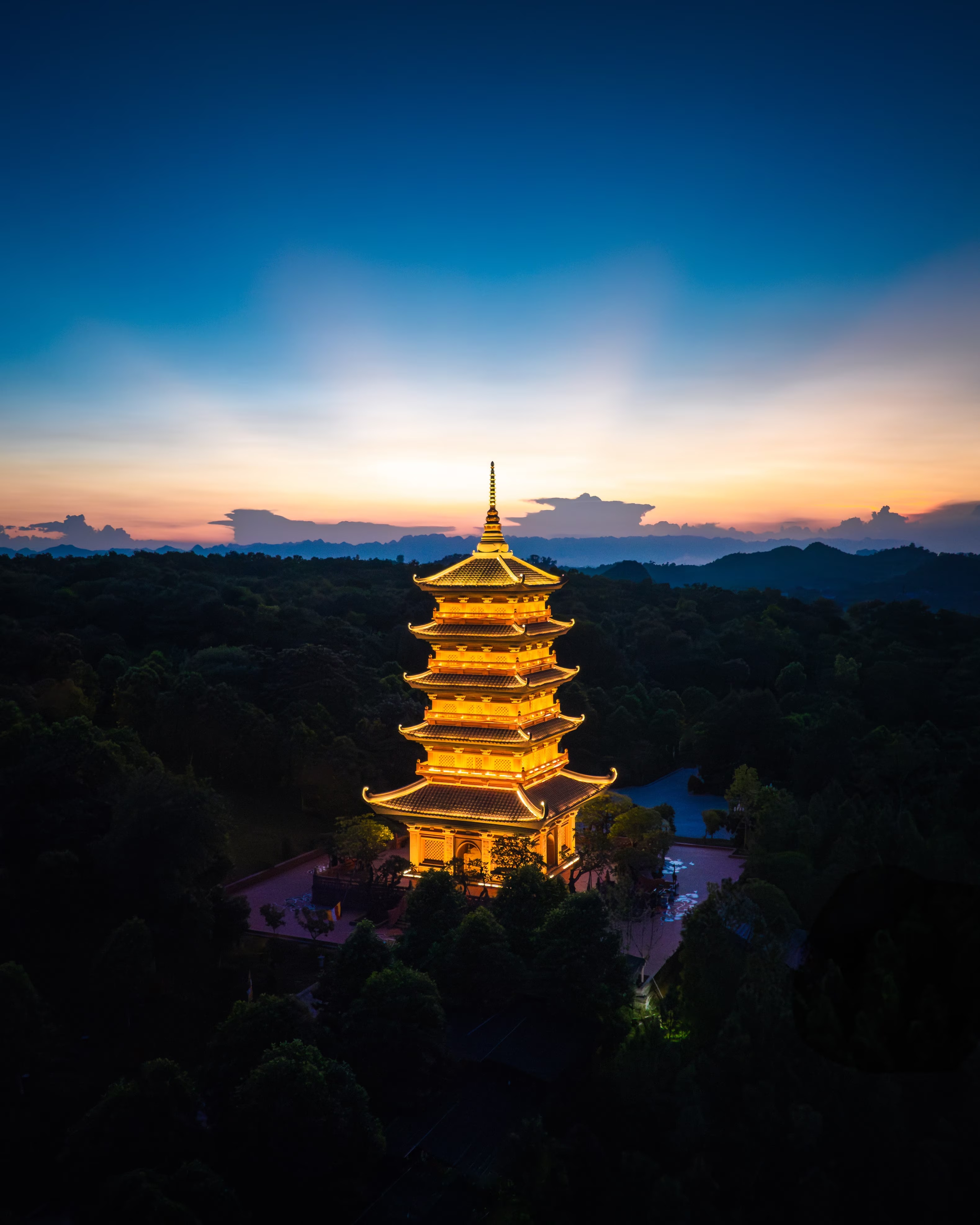

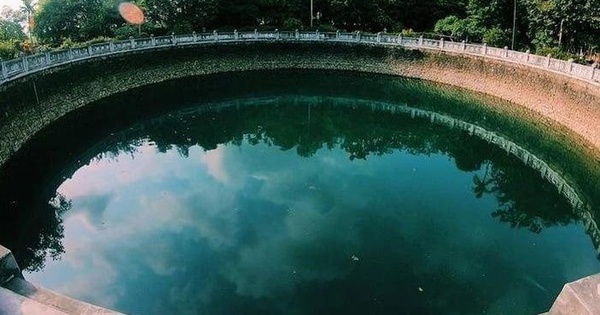

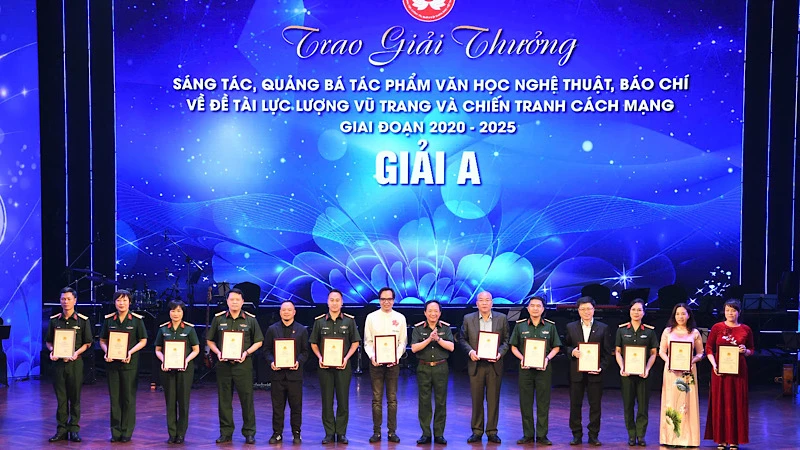
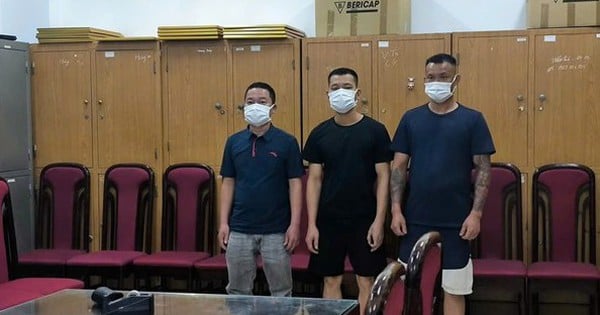
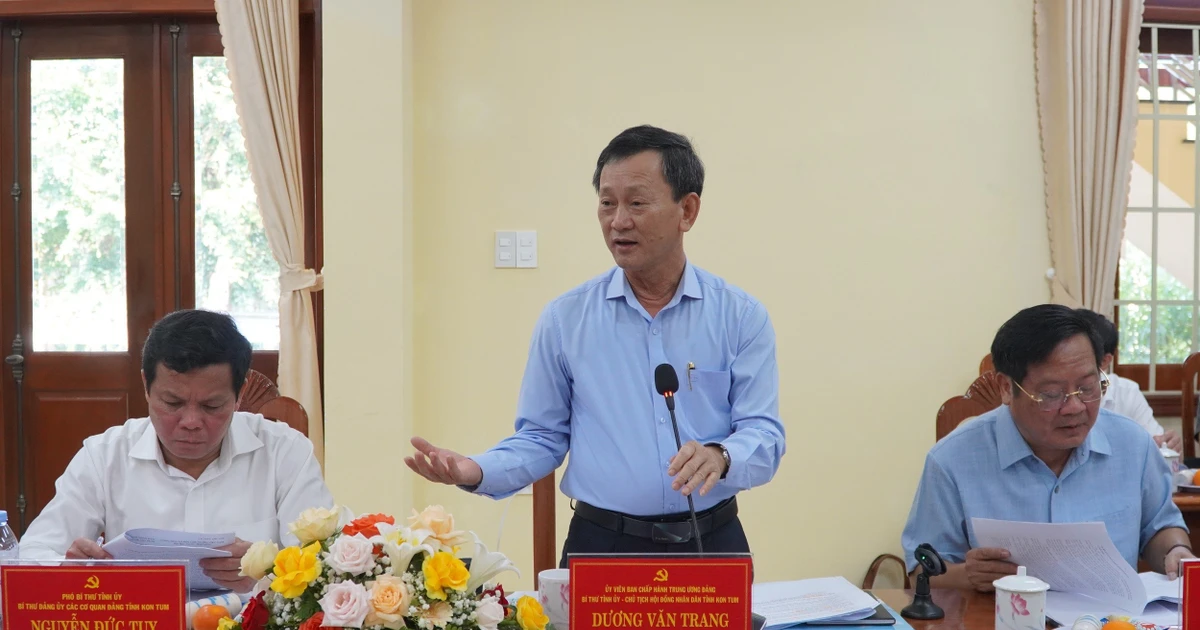
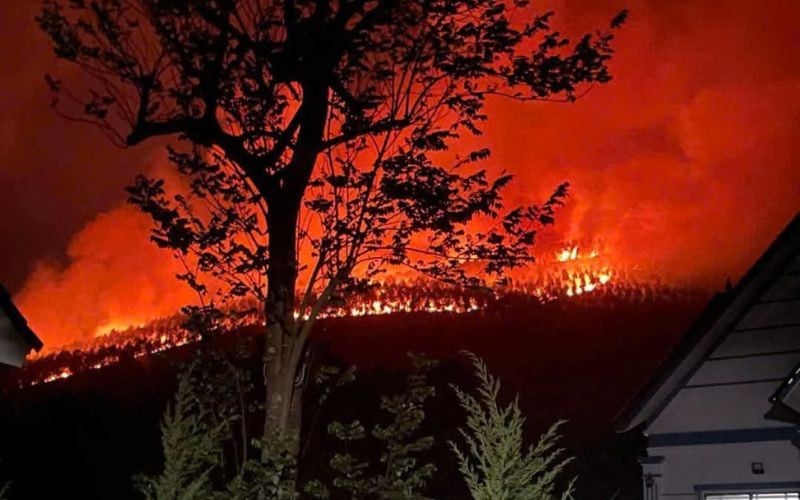
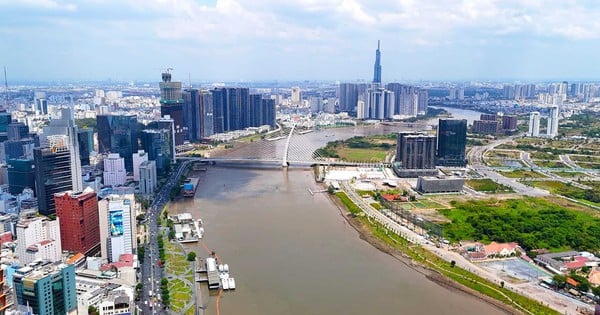
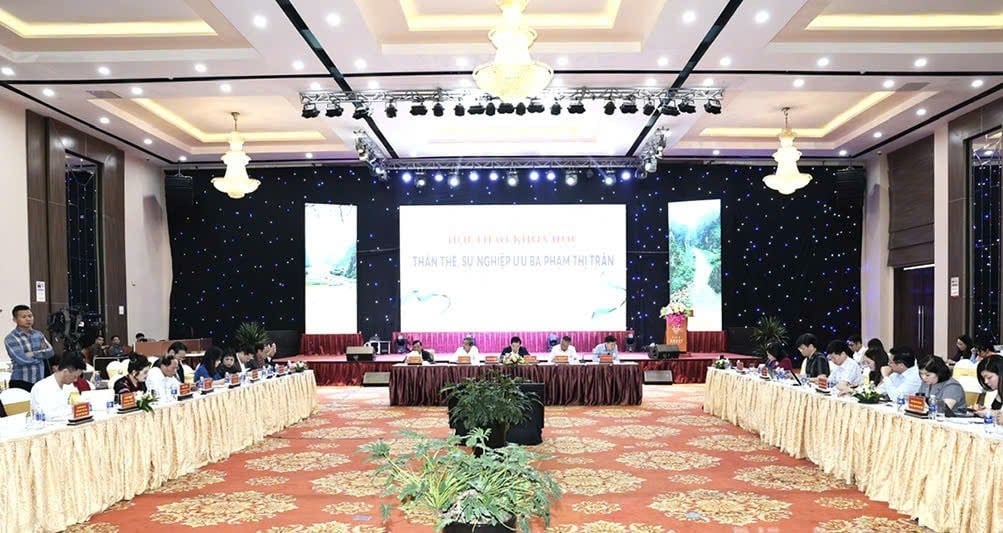






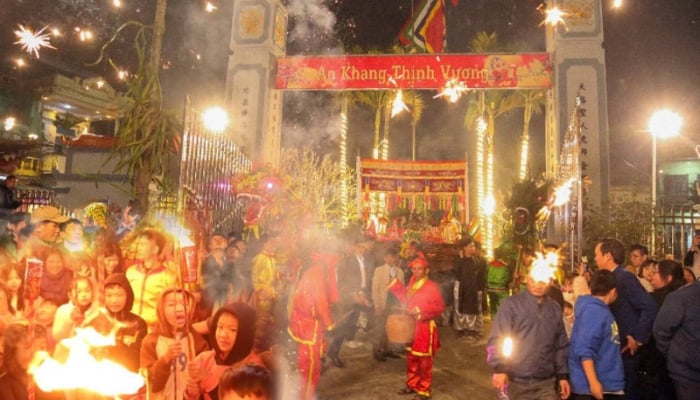
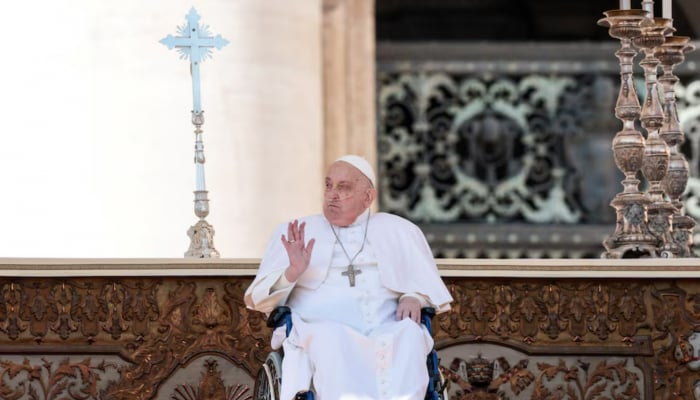
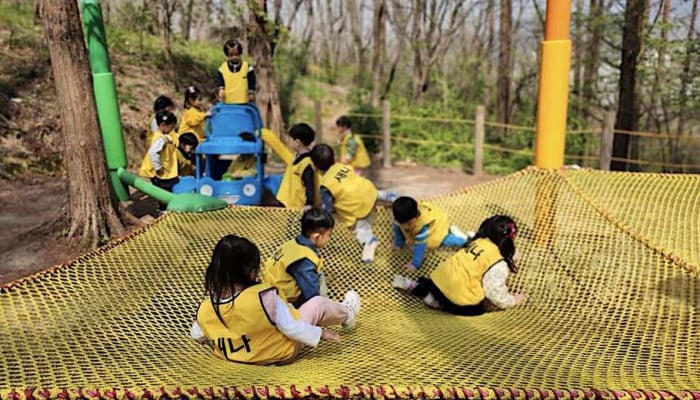
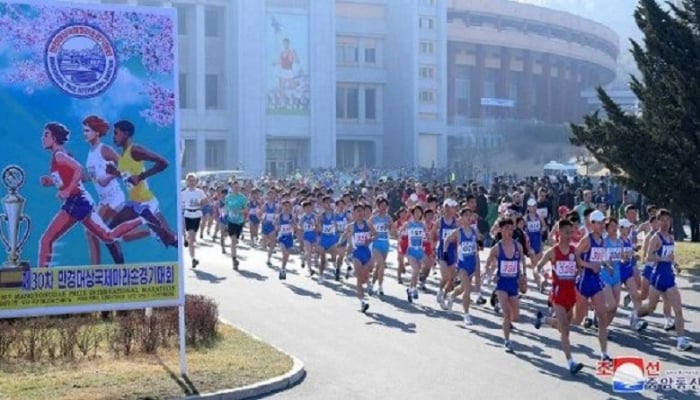
![[Photo] General Secretary To Lam meets with veteran revolutionary cadres, meritorious people, and exemplary policy families](https://vstatic.vietnam.vn/vietnam/resource/IMAGE/2025/4/15/7363ba75eb3c4a9e8241b65163176f63)

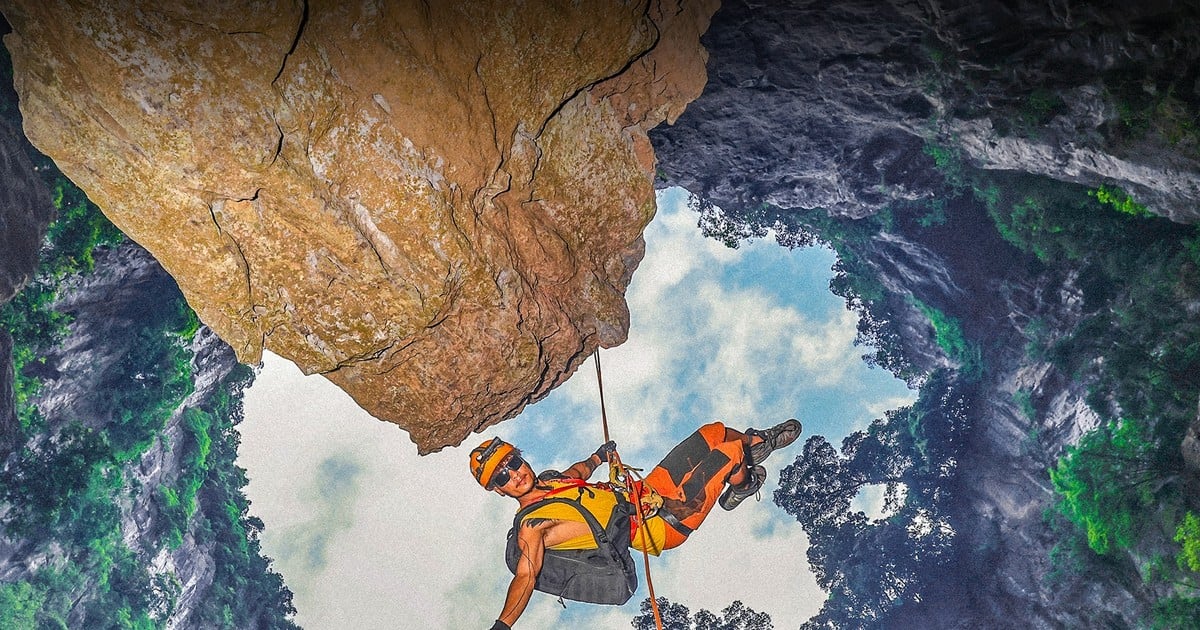



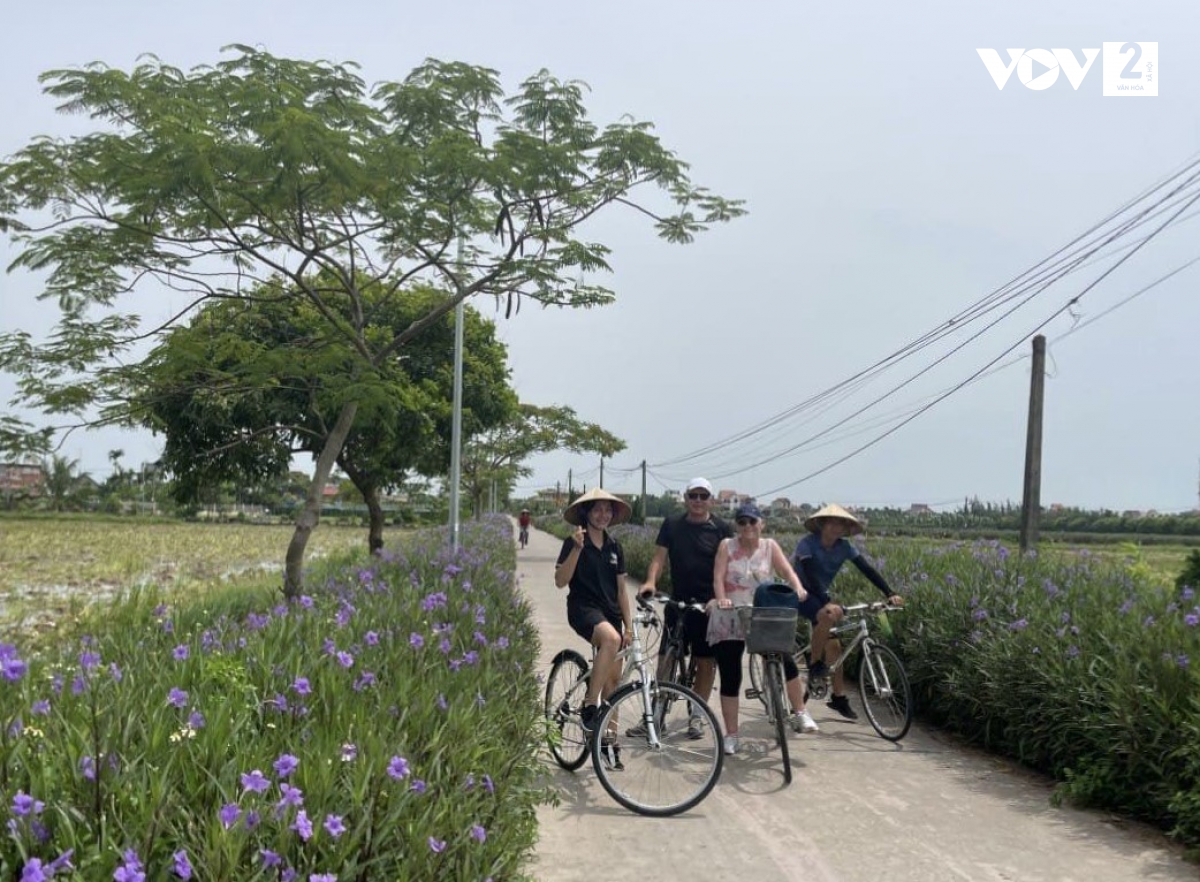

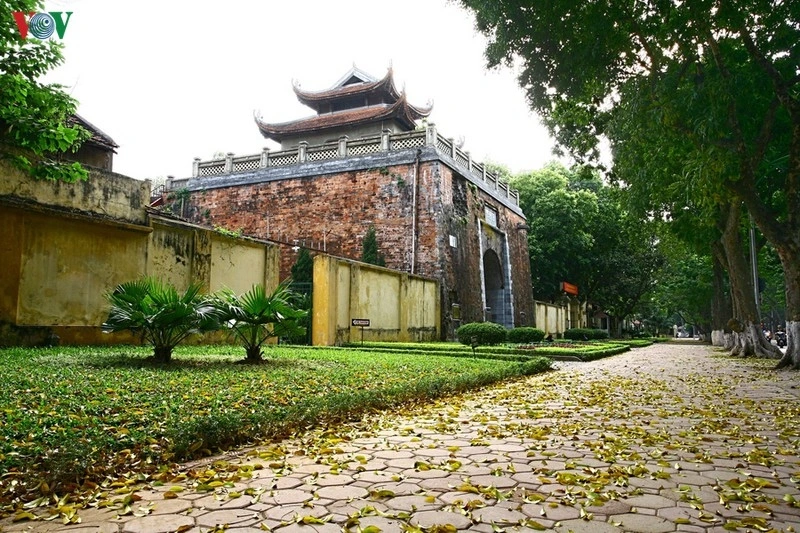
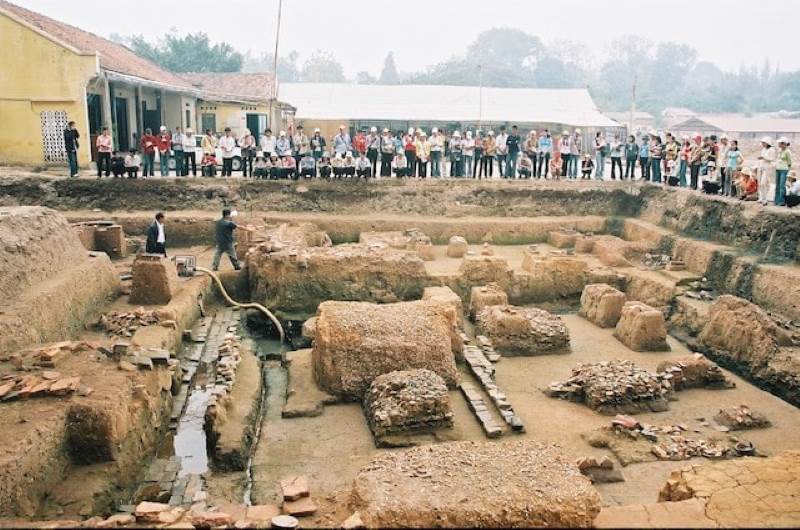

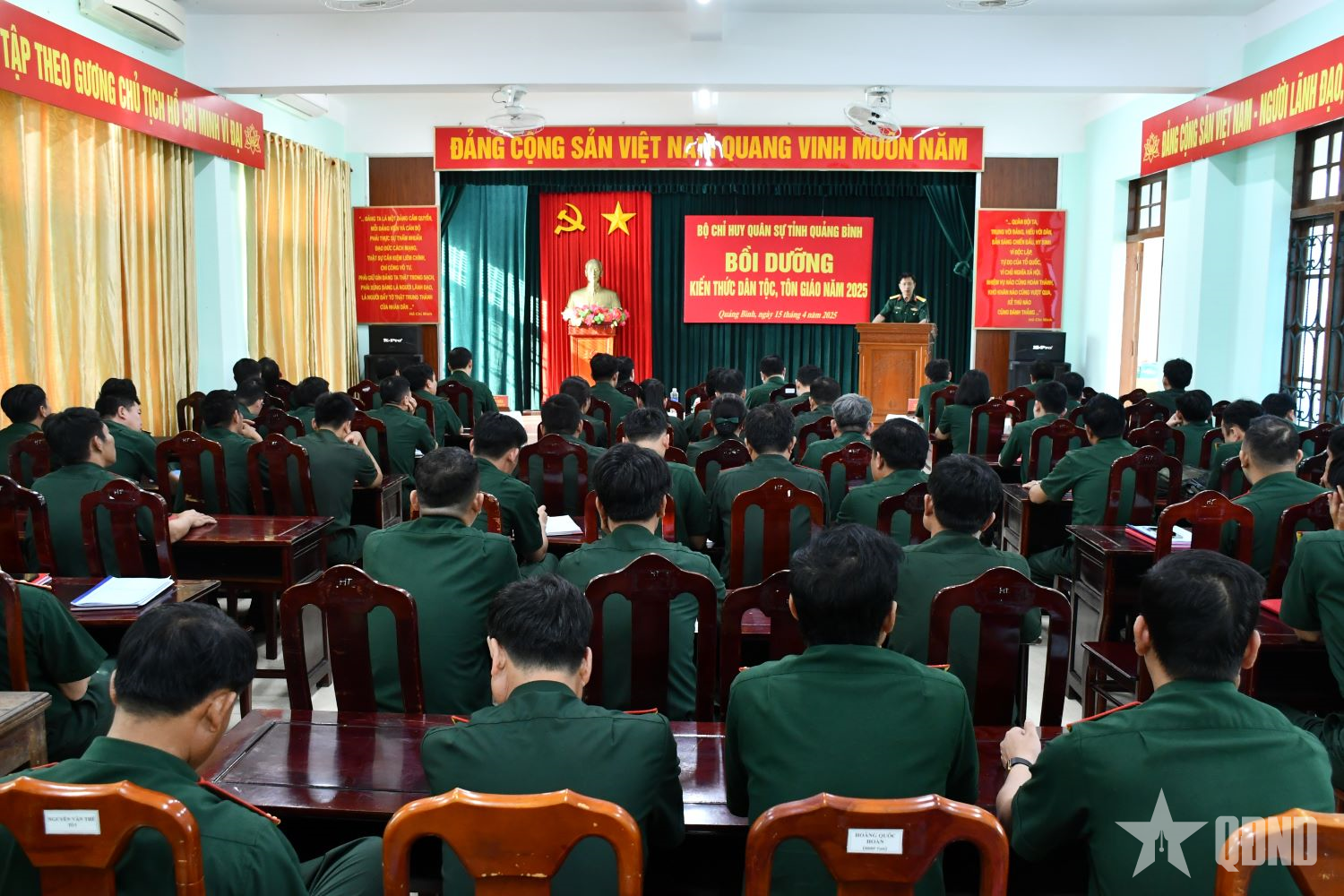



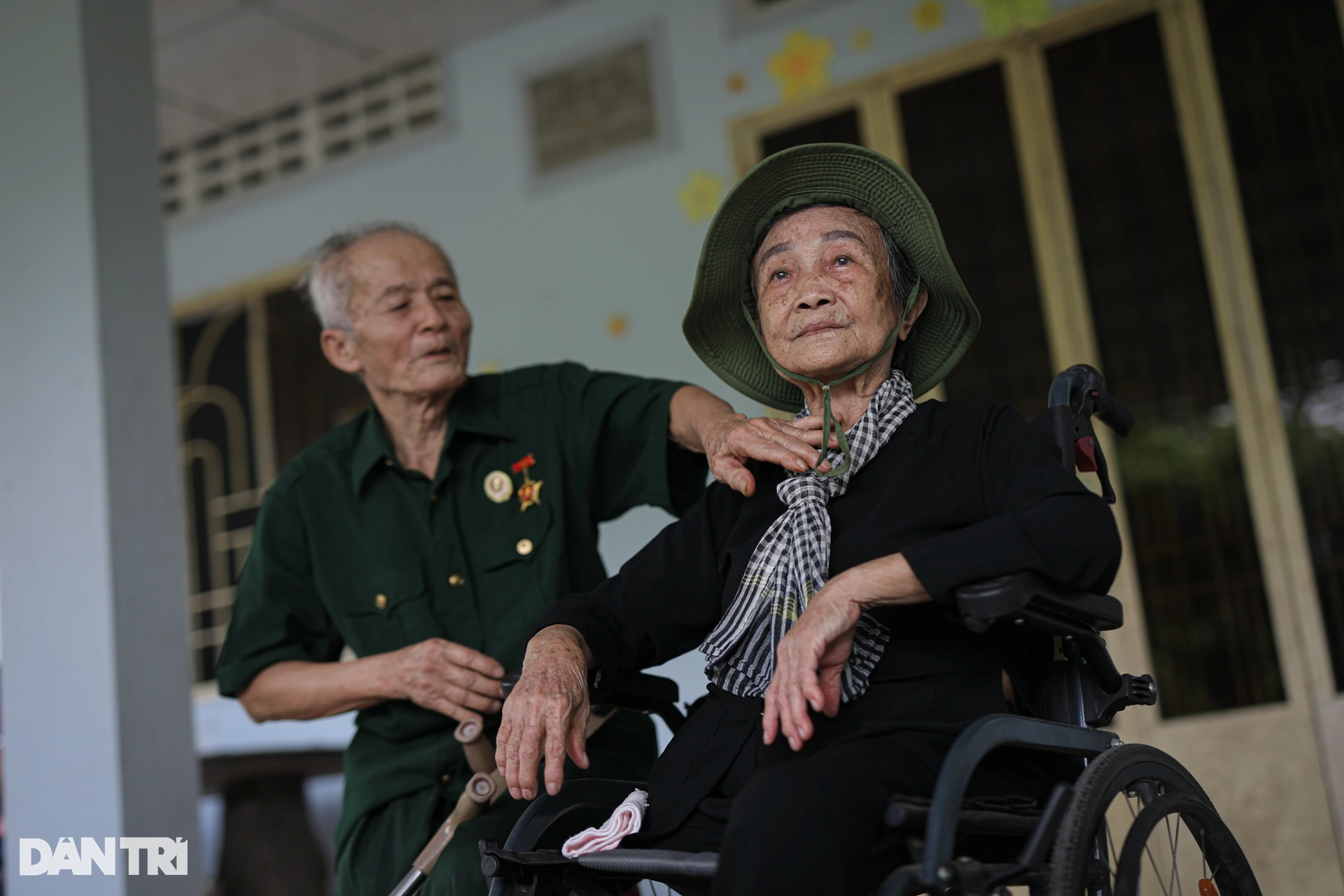

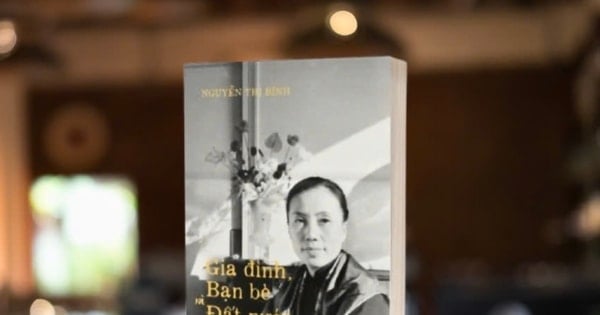

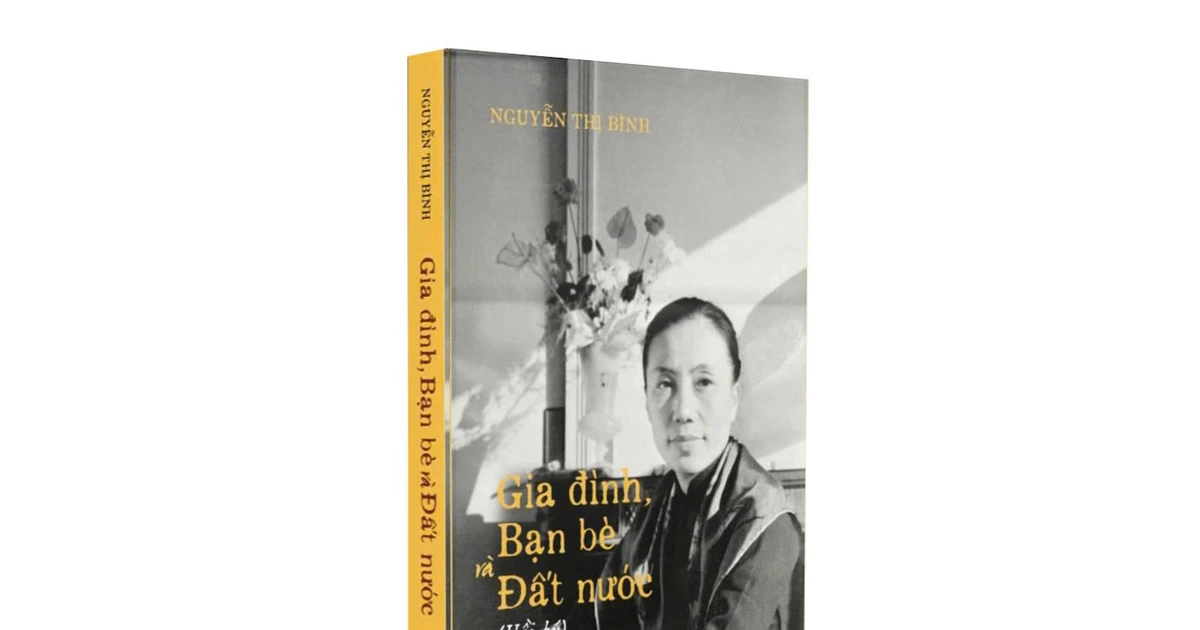





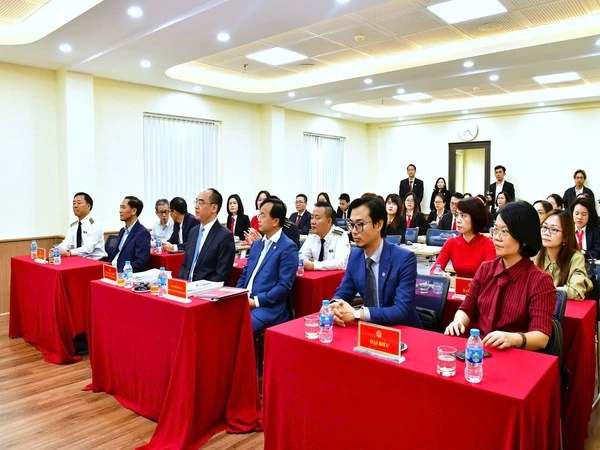
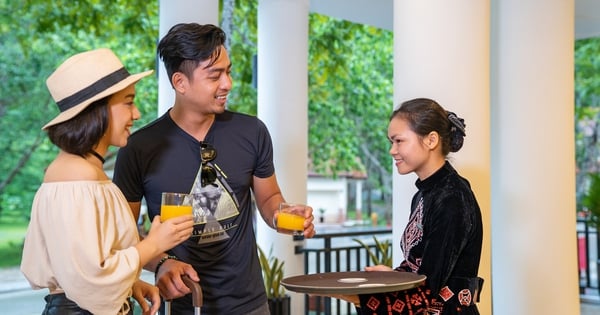


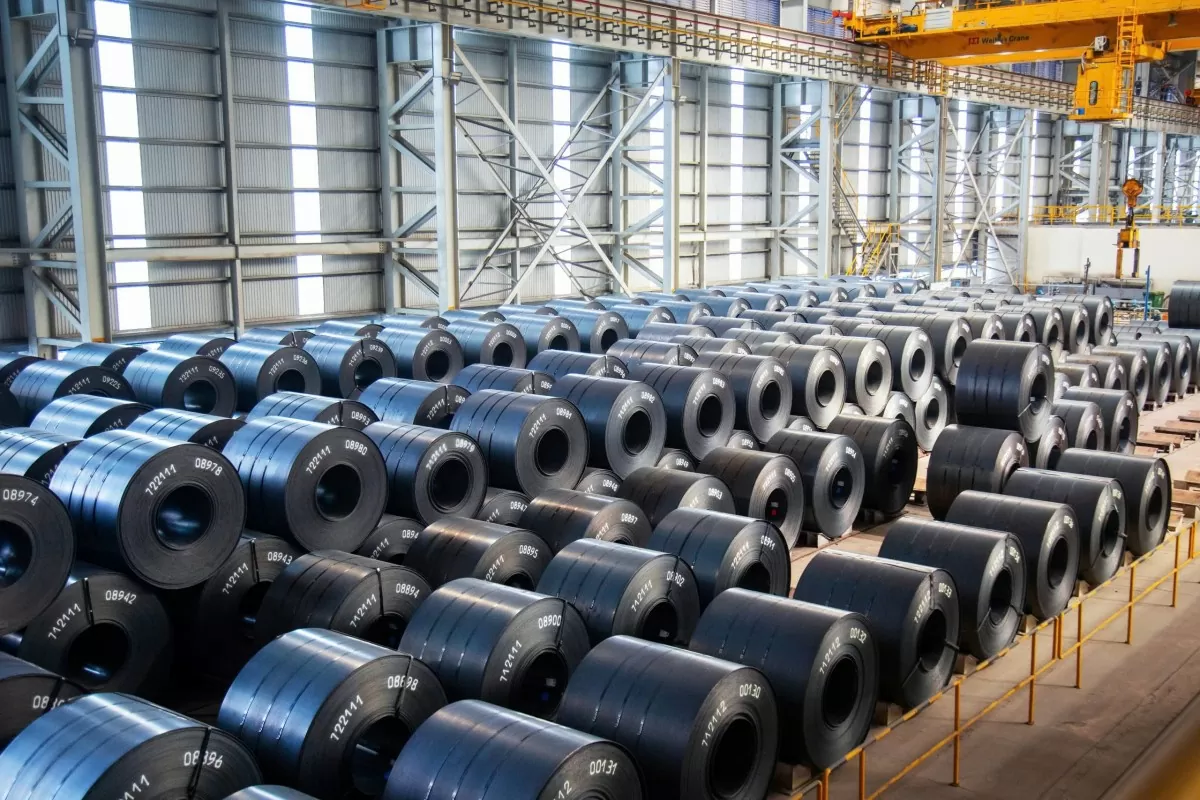





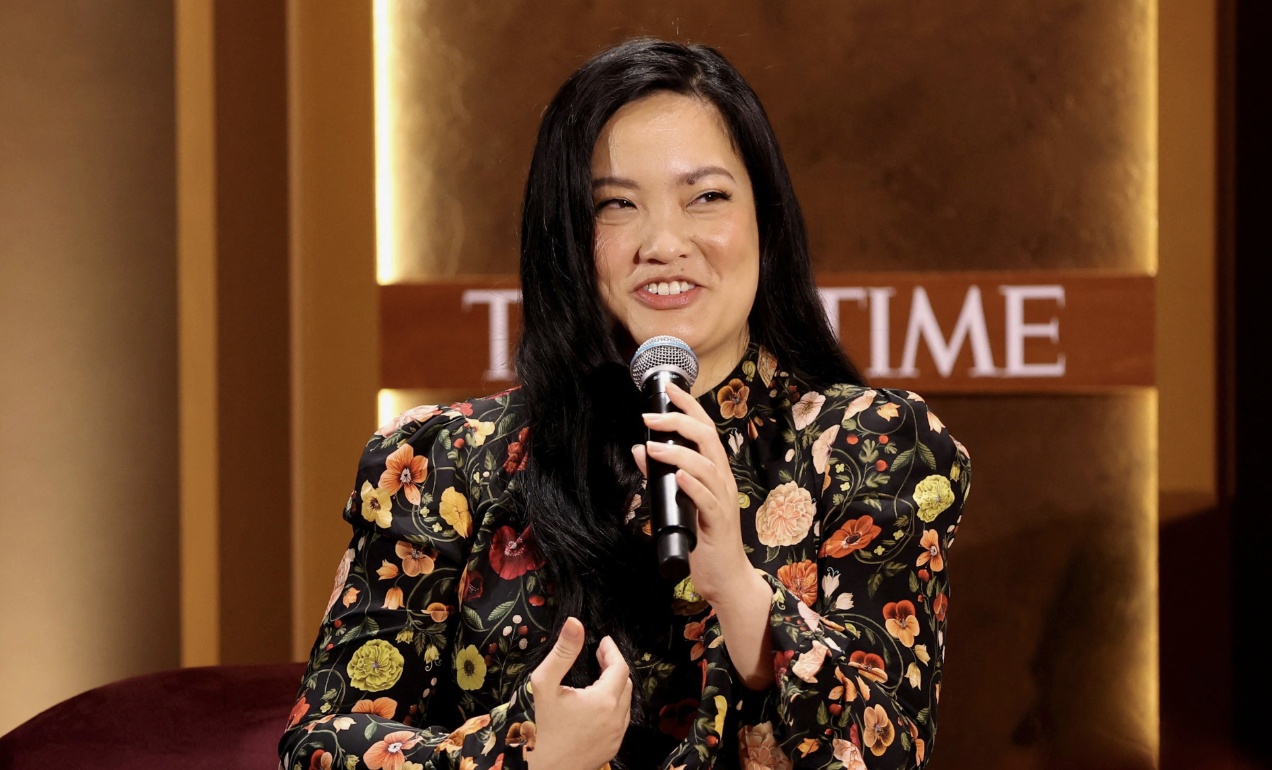

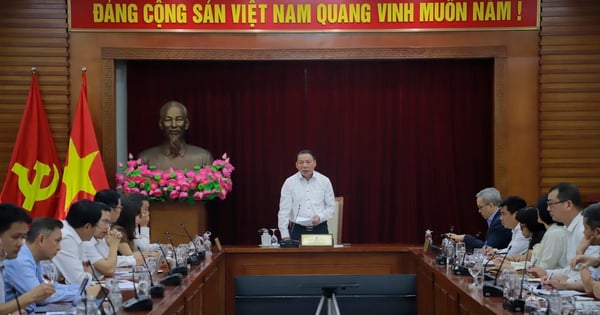

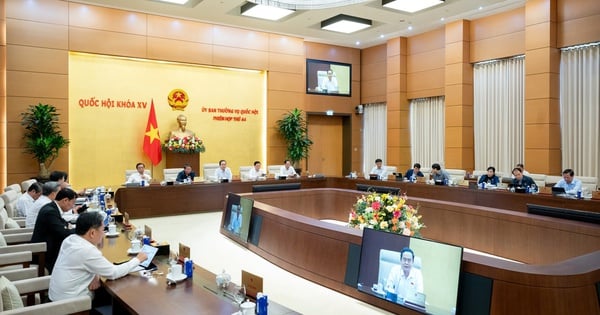

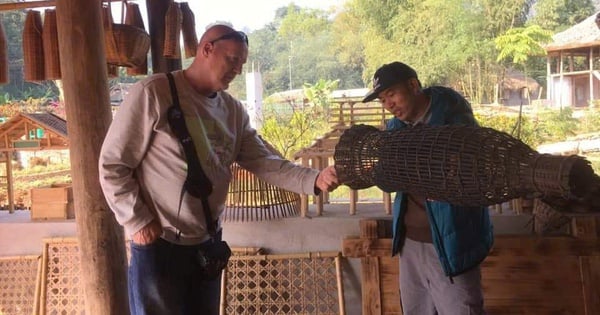

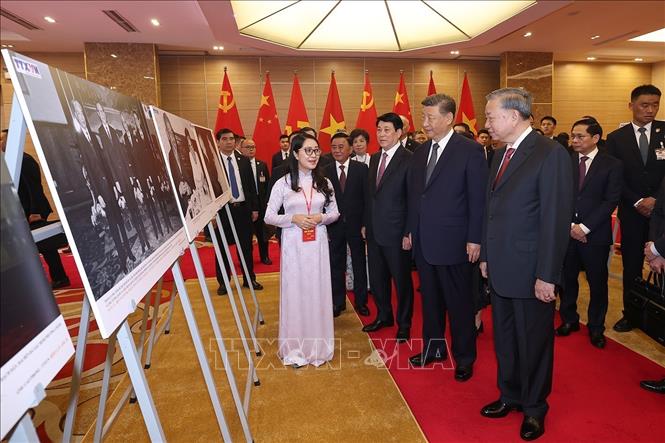

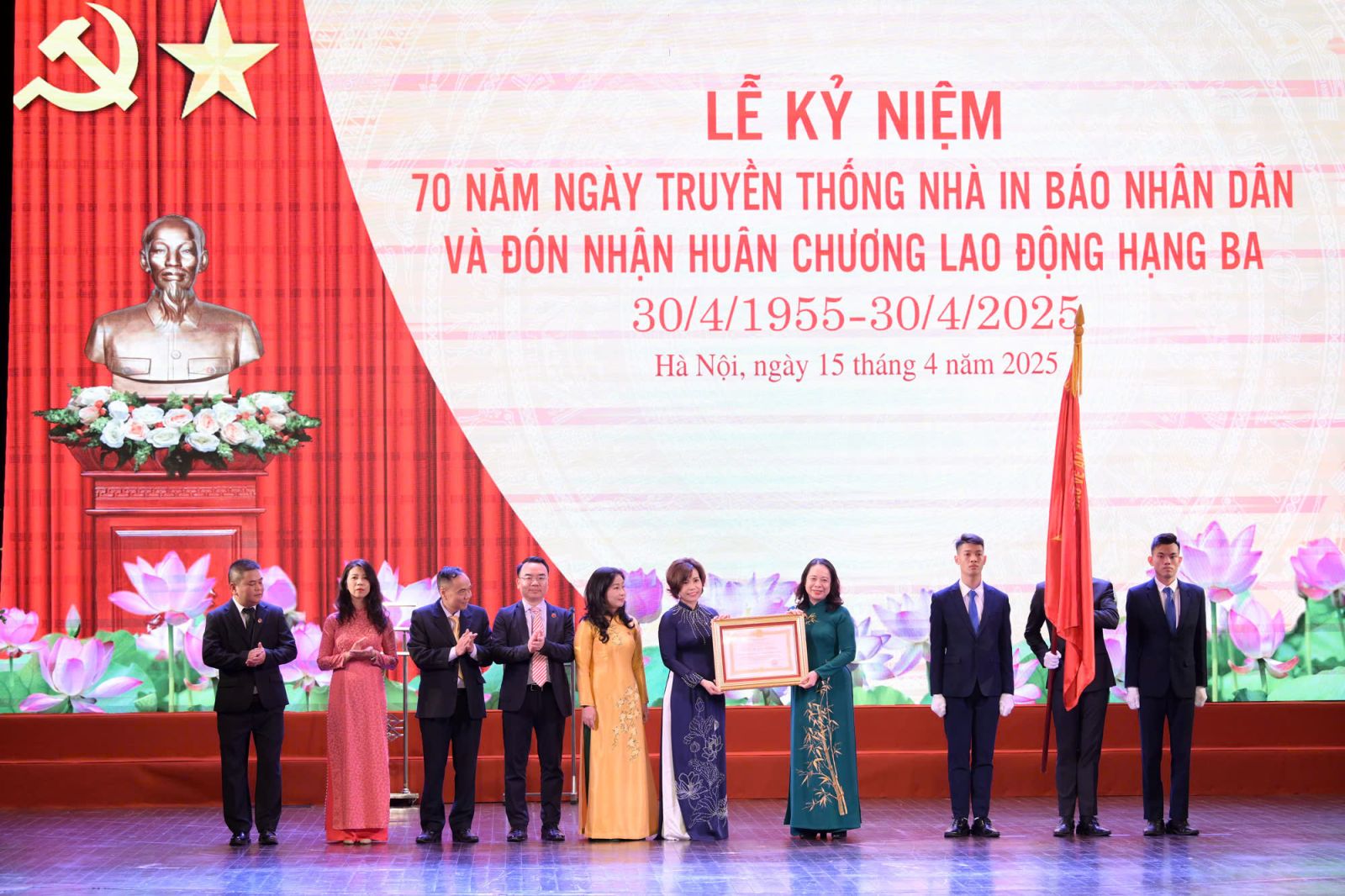






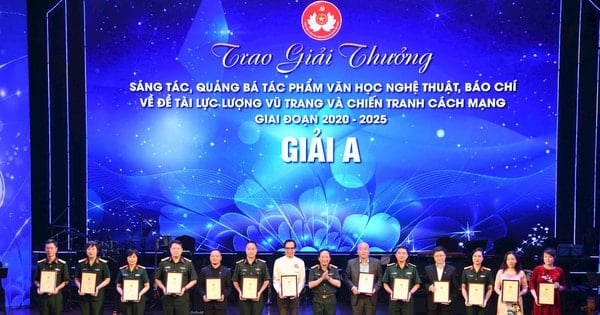
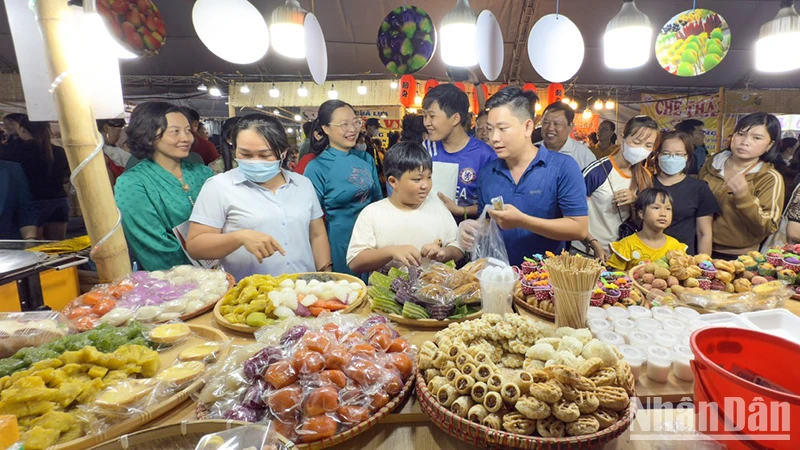
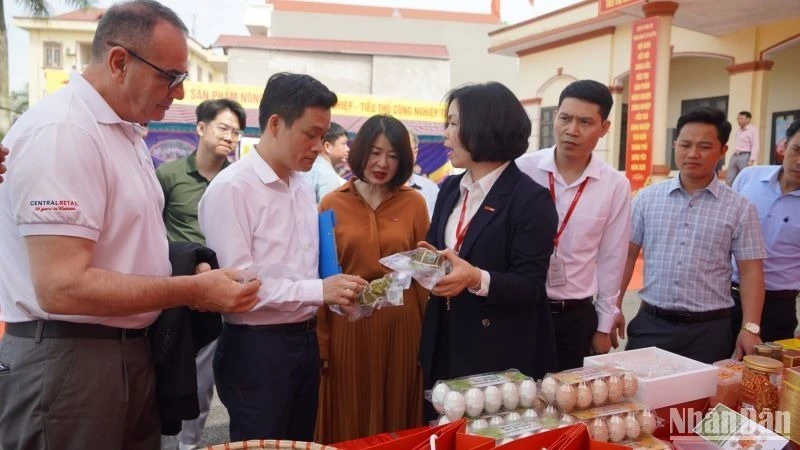





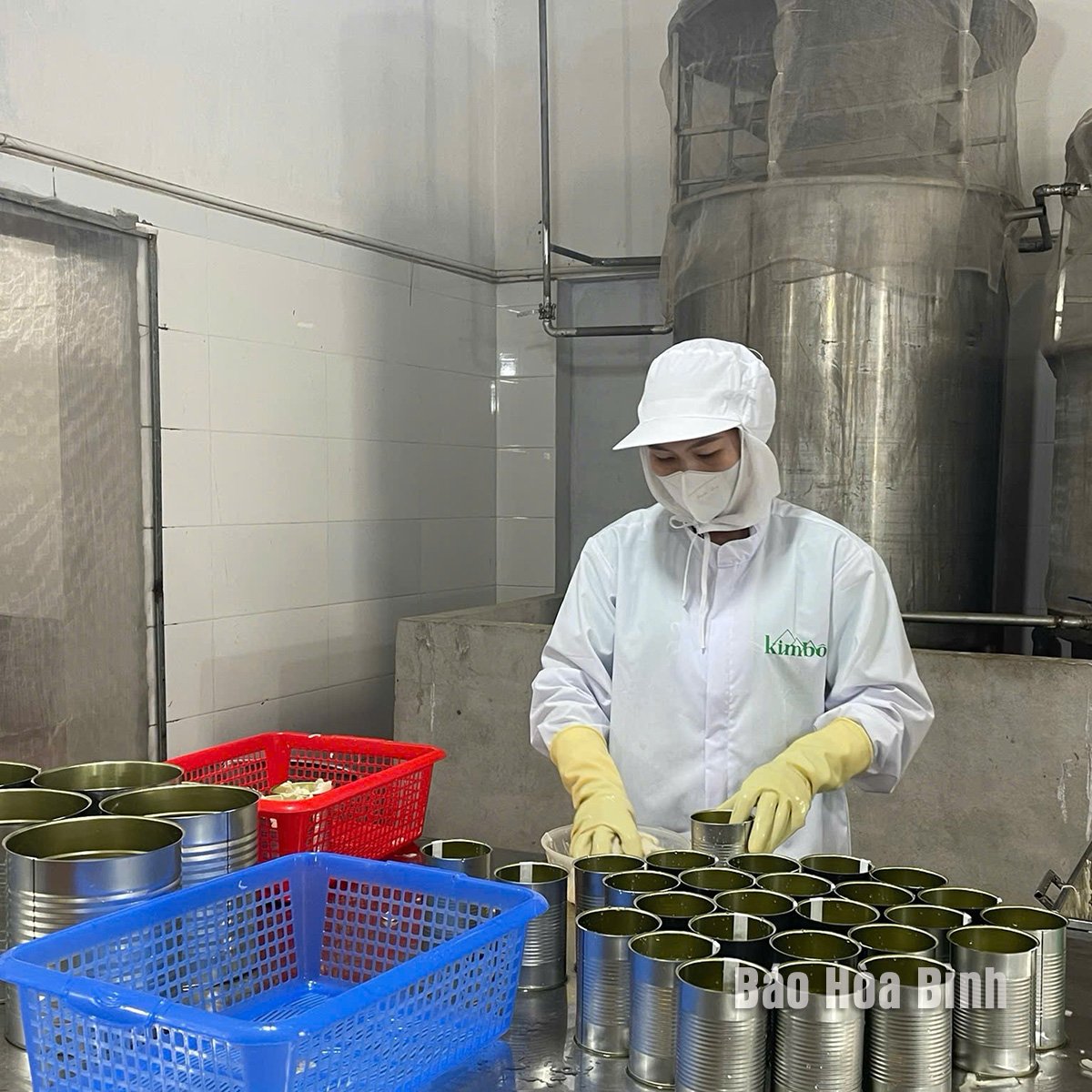

Comment (0)